Share
China Says No Xie Xie to Dolce & Gabanna’s Photos
In 2012, Dolce & Gabbana launched their “Italian Family” campaign with actress/model Monica Bellucci and photographer Giampaolo Sgura. Dolc...
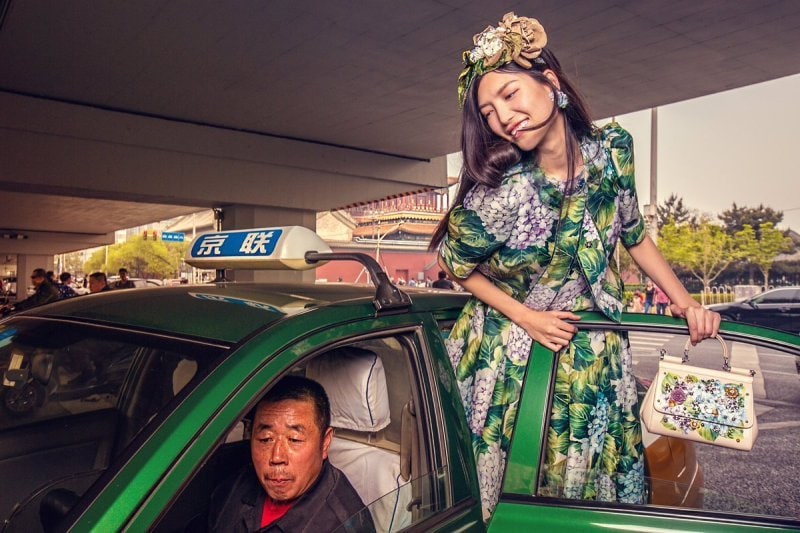
In 2012, Dolce & Gabbana launched their “Italian Family” campaign with actress/model Monica Bellucci and photographer Giampaolo Sgura.

Dolce & Gabbana Spring 2012
The campaign echoed Tommy Hilfiger’s 2010 campaign “The Hilfigers,” shot by Craig McDean, in which various models inhabited different characters of an quirky, idealized family (think Wes Anderson film).
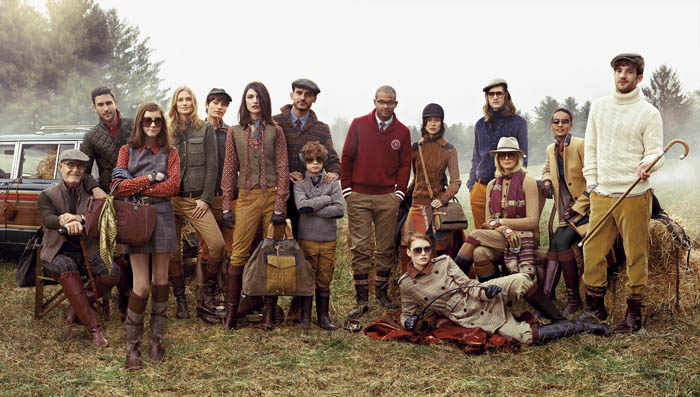
Tommy Hilfiger’s “The Hilfigers” 2010 campaign

Dolce & Gabbana S/S 2014. Photo by Domenico Dolce
As the seasons progressed, the campaign morphed from a fictionalized narrative to a more reality TV-styled approach. In 2016, D&G hired VII’s Franco Pagetti to photograph models interacting with locals and tourists on the streets of Naples. The approach was quirky and fresh, and generally well-received.
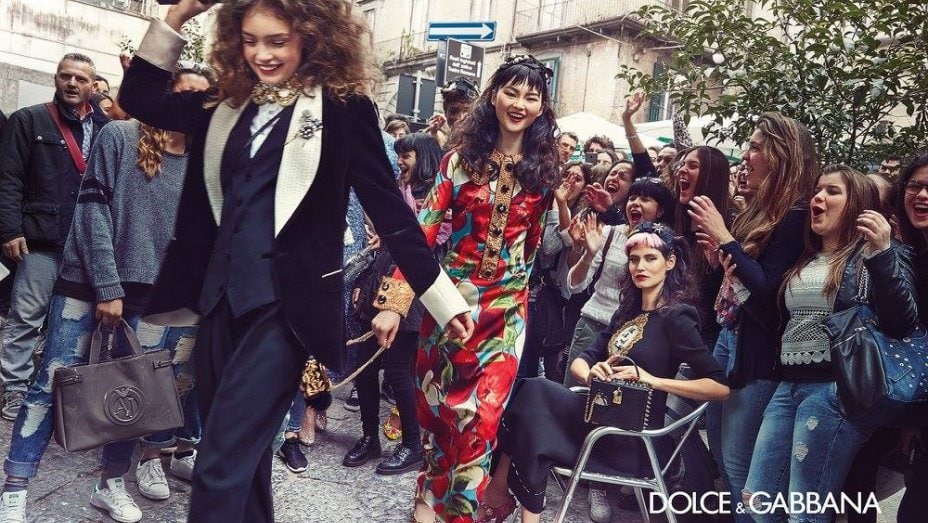
Dolce & Gabbana Fall 2016. Photo by Franco Pagetti
The “models with everyday people” formula was successful enough that D&G tapped the Morelli Brothers, to create a social media campaign in Hong Kong and Tokyo with the same premise.

Why stop a good thing? The sheer population size and rising middle class in China demands the attention of all industries from movie studios to fashion brands. So it was somewhat inevitable that D&G would extend the campaign – again with the Morelli Brothers captured in Beijing. But this time, the reception was a bit chilly.

Dolce & Gabanna SS17 Beijing. Photo by The Morelli Brothers
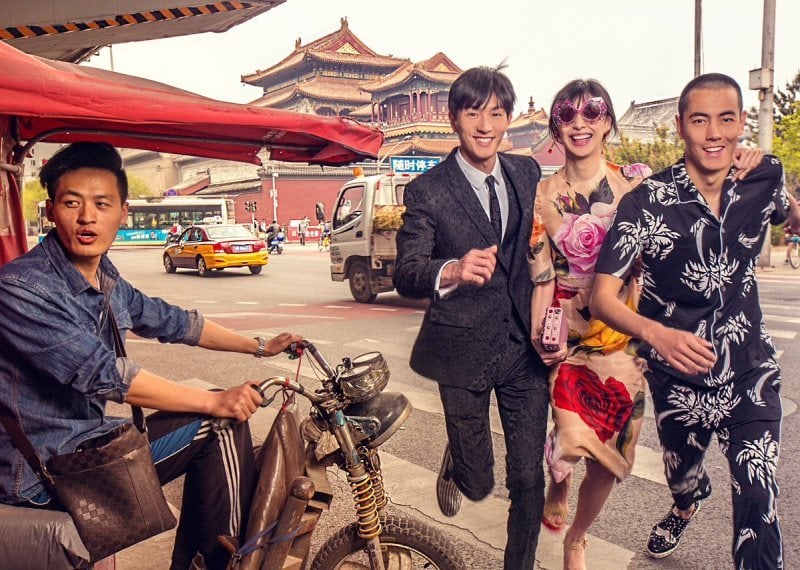
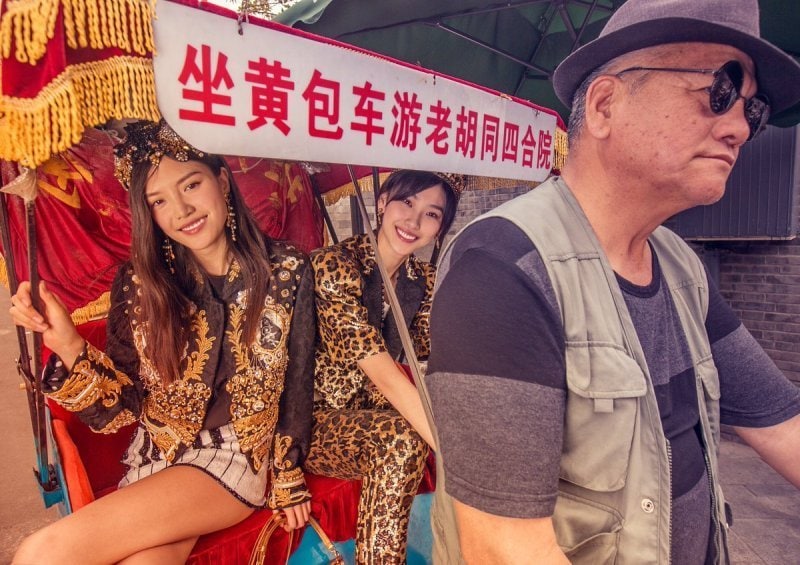
According to TheBeijinger, users on the social media app Weibo expressed their displeasure with the juxtaposition of young fashion models wearing inaccessible clothing in some of the uglier parts of Beijing.
“Boring! Ugly! I personally feel that there is no goodwill on display here, and even shows a slight contempt for us,” wrote one commenter.
Another raised a complaint similar to the one raised by Teju Cole against Steve McCurry. “In no way is this the way Beijingers view themselves. The rest of you can fantasize about an ‘old, romanticized Beijing…’”
The quality of the photos didn’t escape criticism either. “It’s as though they used virtual reality to ‘screenshot’ people into these environments,” said a commenter. On Facebook, Taiwan-based photographer Sean Marc Lee concurred, “I’m more upset the photos are so bad.”
The transposition of a concept across cultures can be perilous. The rich grandfather wearing finely tailored clothing in Italy transformed into an “ugly uncle” in China with bad lighting. And the dissonance between how people view themselves and their hometown is often at odds with the perception of outsiders.
It’s easy to take photos of models, and it’s much harder to take pictures of ordinary people doing normal things while maintaining a threshold of respect and dignity for the subject.
High fashion is almost always controversial and polarizing. It can be inspirational and aspirational, but also tone deaf. Fashion is provocation, and photography is often used as an extension of this provocation (Gucci’s escutcheon ads, anyone?).
Or maybe we’re being trolled, and the ensuing controversy creates greater demand. Whatever the case may be, perhaps it’s time for D&G to retire the concept and find new inspiration for their campaigns.


